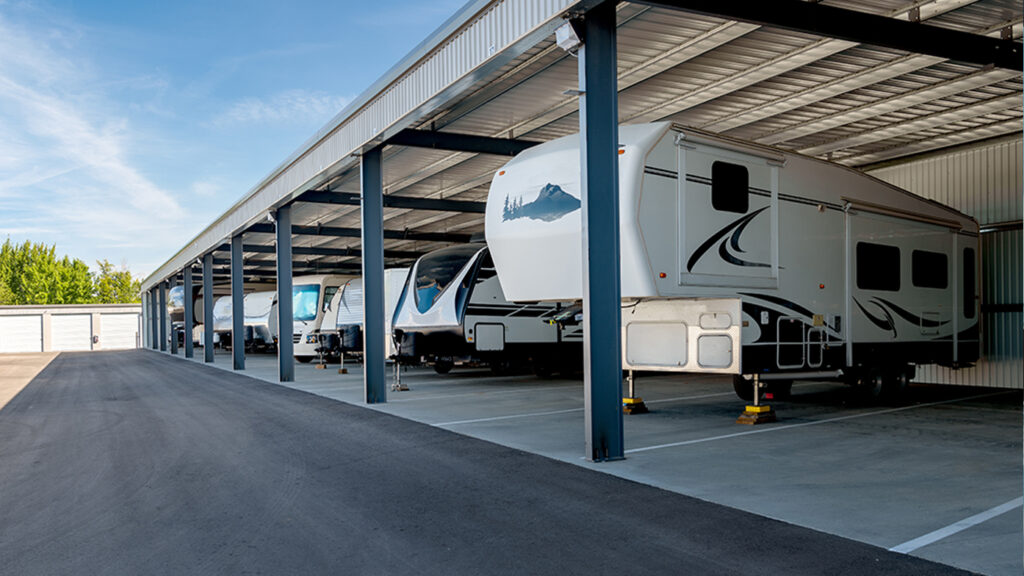Summer is here and recreational vehicle (RV) owners are hitting the road. Whether they’re seeking places off the beaten path, the comfort of traveling in their own space, or a cost-effective way to travel, RV’s have long been a popular means to vacation. According to the Recreational Vehicle Association, RV ownership is at a record high with over 11 million households owning an RV in 2022, up 62% over 6.9 million households in 2001 and 26% more household in 2011. This amount is expected to grow over the upcoming years. “With record high RV production through the first half of 2022, the industry has expected the year over year decreases we are seeing in our early reports for 2023,” said RV Industry Association President & CEO Craig Kirby. “Looking ahead to this year’s camping season, we’ve seen tremendous crowds at RV shows throughout the winter and early Spring, and the future is very bright considering the hundreds of thousands of younger and more diverse RVers who joined the lifestyle over the past few years.”
 Patrick Gorman
Patrick Gorman
“With a growing number of RVs, the need for storage space has never been higher. Owners are often unable to store them at their homes, either through lack of space or due to municipal/HOA regulations.”
With a growing number of RVs, the need for storage space has never been higher. Owners are often unable to store them at their homes, either through lack of space or due to municipal/HOA regulations. Vehicle storage has long been a source of additional income for storage sites with additional land, but due to this increased demand, the number dedicated RV facilities have increased over the last several years.
RV storage generally falls into three categories: uncovered, covered, and enclosed parking, with a varying mix as most facilities. Uncovered parking generally consists of gravel or paved sites and structures that house the vehicles range from open-air carports with galvanized steel columns and beams and metal deck roofing, to conventional enclosed storage units. For an example of these types of units, see the photos below.
Amenities at these facilities consists of gated access and security cameras at a minimum, and many facilities are adding water/air stations, dump stations, cleaning services, app site access, on-site management, and more. As the quality of RVs has increased over the last decade, the demand for higher amenities has increased and customer are willing to pay for additional services.
There are a number of benefits to RV storage, including:
- Low risk of oversaturation: The demand for RVs is strong, and there are constraints on development, so oversaturation is unlikely in the near term.
- High-income customer base: RV owners tend to have high disposable incomes, which means that they are more likely to pay for premium amenities and services and have low rent losses.
- Low overhead and turnover: RV facilities have a relatively low overhead and low turnover, which means that they can be very profitable and have a low management burden.
- There are also a few challenges to RV storage, including:
- Finding suitable sites for RV storage can be difficult, as areas well suited to serving the customer base often have trouble gaining approvals from local planning authorities.
- The cost of developing RV storage facilities is increasing due to construction costs and a constricted supply chain, which could slow new developments.
Overall, despite some current economic headwinds, RV storage will likely exhibit high demand in most markets over the next several years. High occupancy has been reported at most facilities and the high end of the rental range is yet to be found. This has drawn interest from a growing group of investors familiar with storage but seeking greater yields than the compressed yields seen at hotly contested standard storage acquisitions. Looking forward, RV storage will emerge as a distinct segment of the storage industry with many opportunities for growth and will likely become a higher sought asset type in its own right.



 Nick Michael
Nick Michael Matthew Mintier
Matthew Mintier Chris Stickney
Chris Stickney
 Nancy Caniff
Nancy Caniff
 Justin Butler
Justin Butler